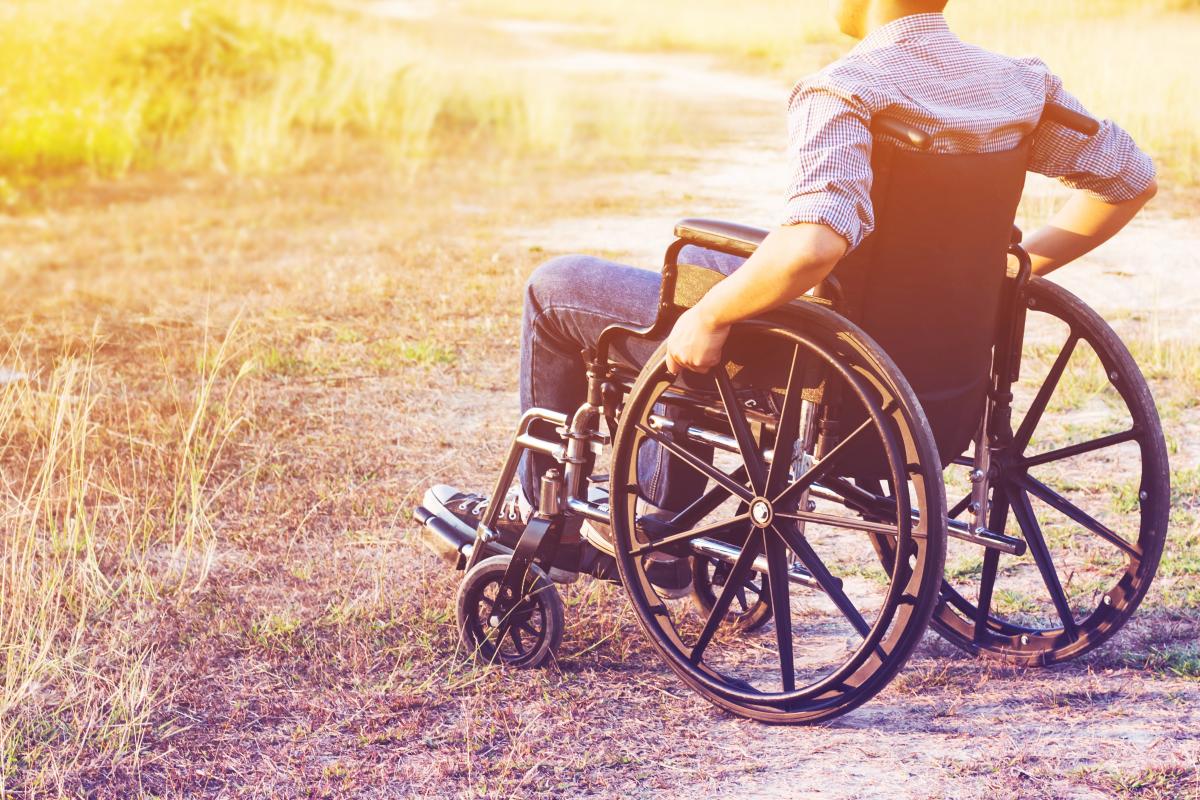
Worker’s Compensation That Develops into RSD or CRPS
Getting injured on the job usually means a person will get hurt, then recover from that injury and resume their regular job functions without much trouble. The most severe injuries are typically orthopedic: torn shoulder and knee joints or herniated disks in the spine, to name a few. These can require surgery in order to fix the damage. However, injuries can sometimes be even more complicated than that.
One of the more complex conditions that I run across in my practice is called RSD or CRPS. RSD stands for Reflex Sympathetic Dystrophy, while CRPS stands for Complex Regional Pain Syndrome. These are the same condition, but the terms have changed over time.
Essentially, this is a condition that causes pain to an injured body part, but the pain is worse than the injury itself. The pain can last forever and is difficult to diagnose. The pain can be so severe that use of that body part becomes impossible. Some of my clients have no functional use of an arm or leg.
Symptoms of CRPS in an injured area can include some or all of the following:
- Redness
- Swelling
- Burning skin that is hot or cold to the touch
- Aching, deep pain.
Other symptoms can include changes in nail and hair growth, sweating, weakness, stiffness, and skin color change.
Treatment for CRPS must be aggressive and comprehensive. It is important to be treated by a physician that is familiar with how the condition progresses and what treatments can reduce the symptoms. Many times, it’s a concern for surgeons to perform future surgeries on a body part that experiences these symptoms because the surgery alone could aggravate the CRPS condition more than it could solve the immediate issue. Unless symptoms can be reduced to a level where a surgeon feels comfortable, those procedures can be put on hold for a very long time. Unfortunately, a person with CPRS in one of their legs can have such difficulty walking that crutches or a wheelchair can be necessary.
Typically, clients with CPRS are referred to a pain management physician or physiatrist to provide regular treatment adjustments for the condition. These can include a wide range of treatment options, including:
- Medication management, including opioid and nonopioid drugs, anti-inflammatory drugs, and nerve pain medicines.
- Exercise and physical therapy.
- Injections.
- Electrical nerve stimulation.
- Spinal cord stimulators.
This list is not exclusive and many times massage and acupuncture are also used to help with symptoms. The key is to not give up on trying as many solutions as possible. Be patient and open-minded. It can take time to find the right treatments for your symptoms, and every patient is different.
As an attorney, finding out a client has or is starting to show symptoms of CRPS is always concerning. It’s a devastating condition that might never go away. It’s possible for the condition to resolve completely but also to one day return completely. Settling a case when a client has CRPS is a very thorough process that must take worst-case scenario future medical treatment and costs into consideration.
I have ensured clients have home modifications such as wheelchair ramps, hand holds in bathrooms, and wider doors installed to ensure that the home is a safe place for someone that cannot move about comfortably. Having someone like a family member or professional on hand is sometimes necessary to provide help when the condition is most devastating.
It is also very important to have a support system in place when suffering from this condition. Family members need to be counseled on how much this will change their interactions with a CRPS sufferer. Support systems can also reduce the amount of mental stress on a person experiencing this type of condition. Psychological counseling and therapies are regularly prescribed to help with the day-to-day mental management of being in pain and less active on a daily basis. Asking for treatment for this mental stress is not an indication of weakness or giving up, but is in fact an active way of dealing with the symptoms that come with CRPS.
Finding work with this condition is difficult. Usually regular breaks and days off are required to offset the increased discomfort from the extra activity. All of these things must be taken into account when making long-term plans to deal with this condition.
We have had many clients over the years with RSD/CRPS and each requires individualized care. Call today if you have questions about whether the treatment you’re receiving is right for you.
- Log in to post comments